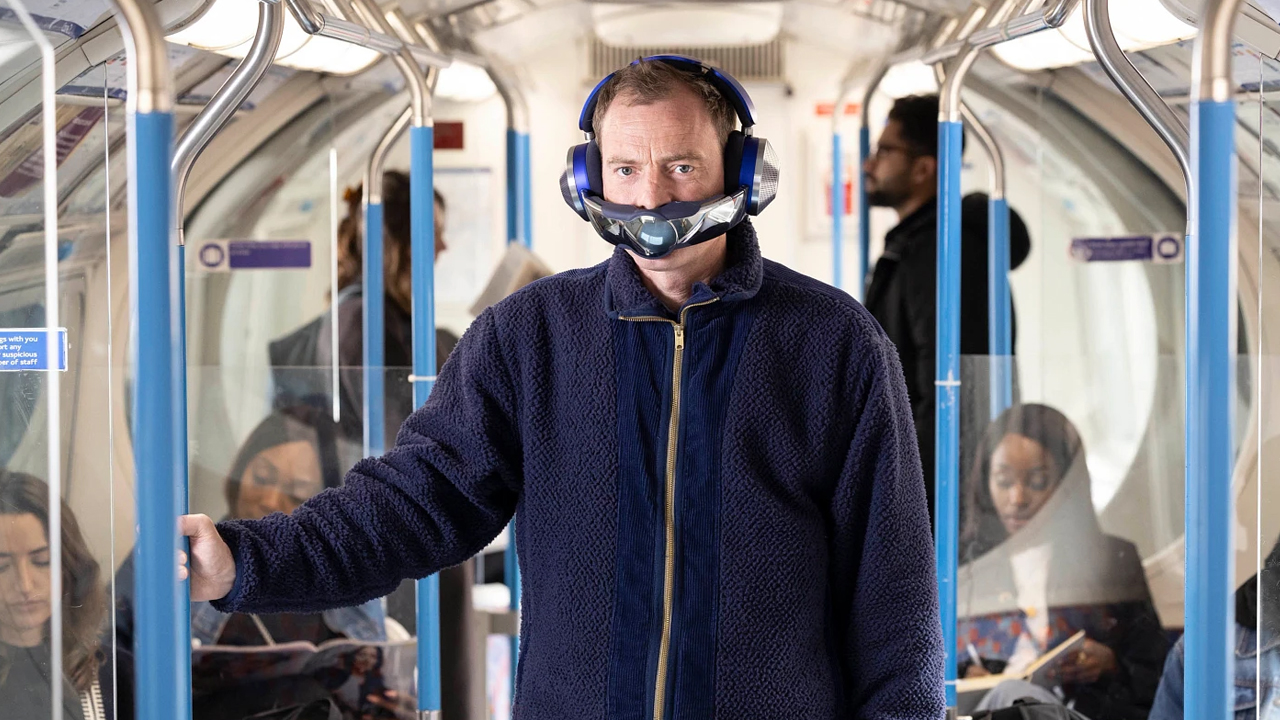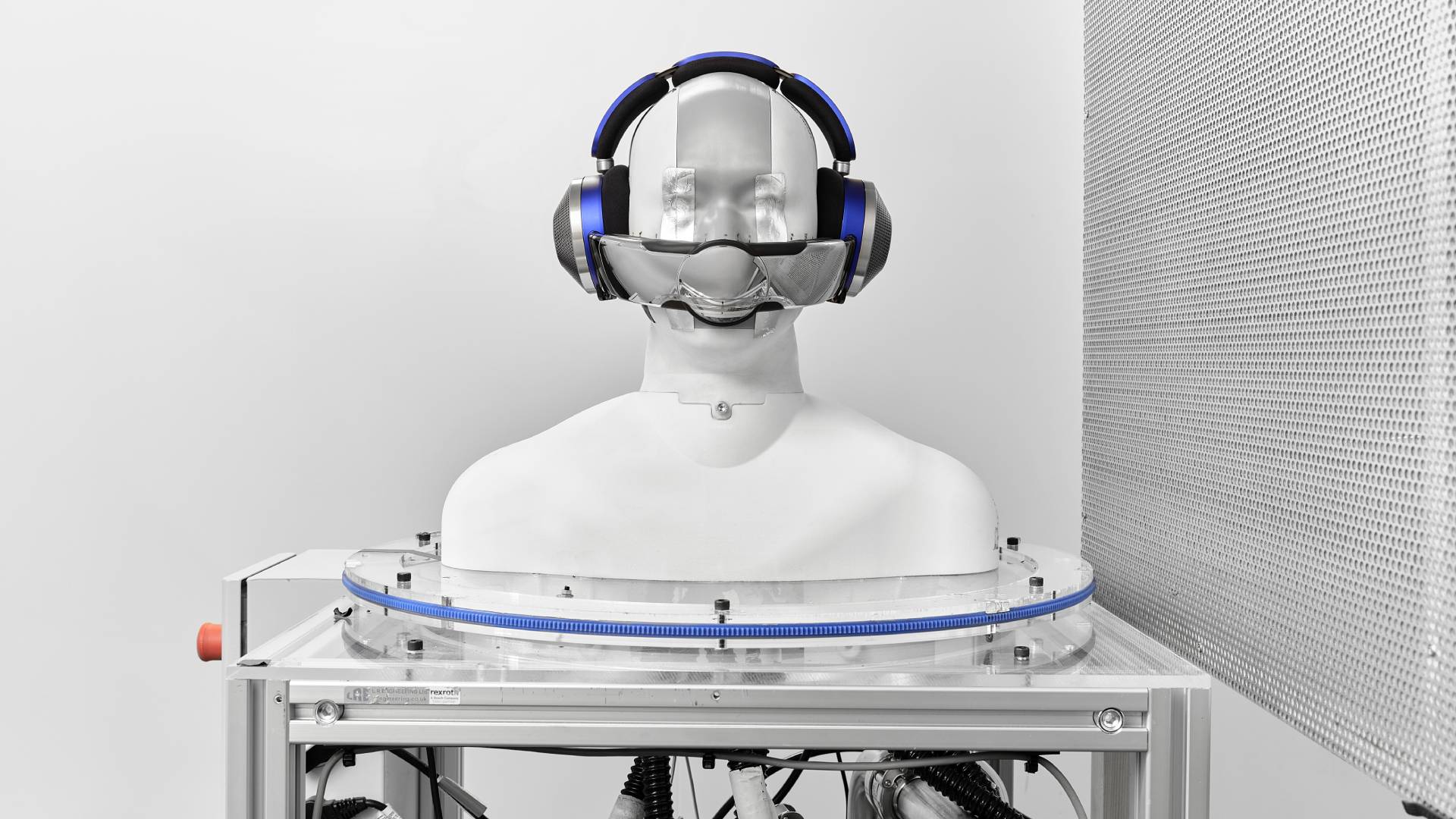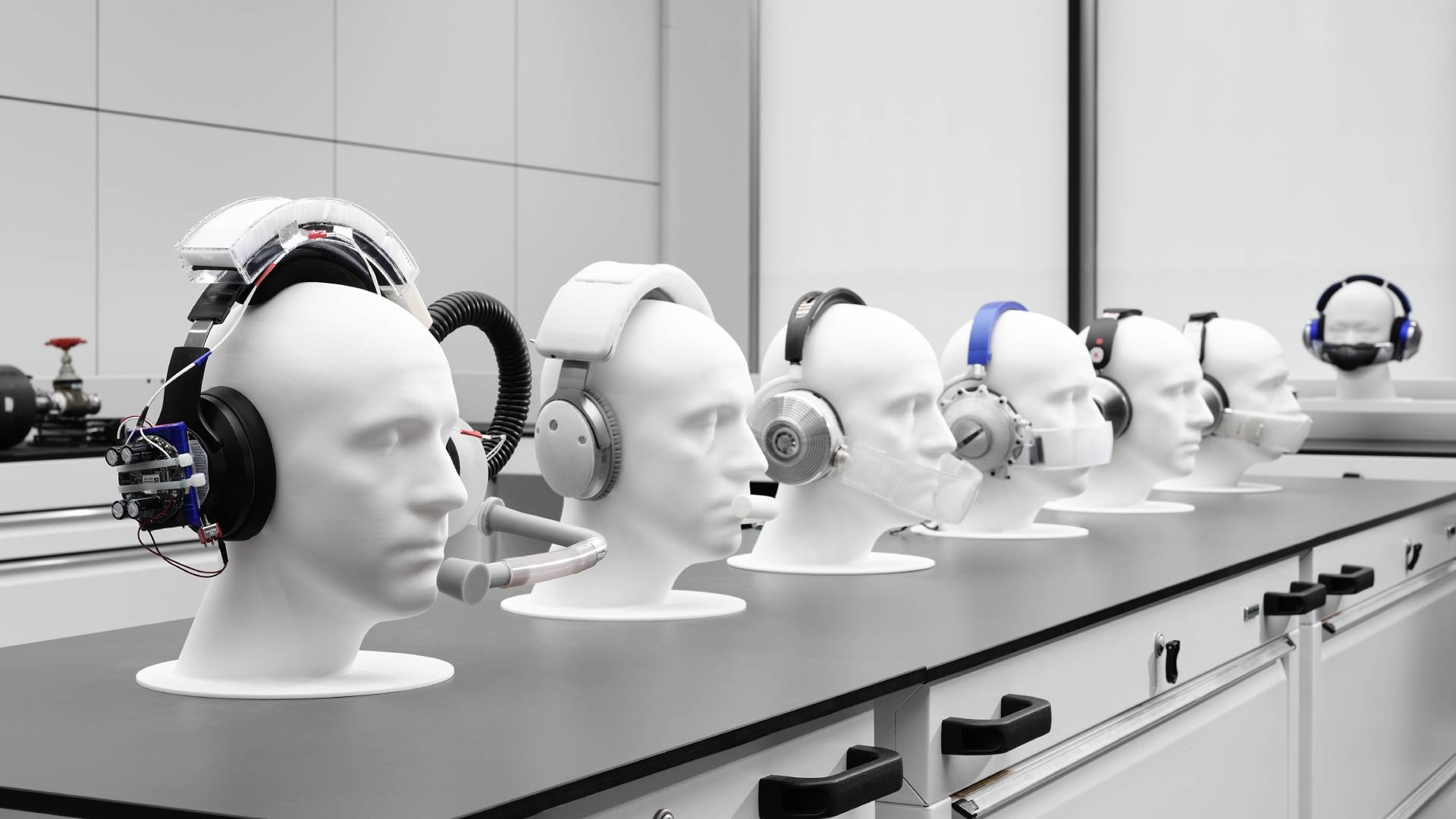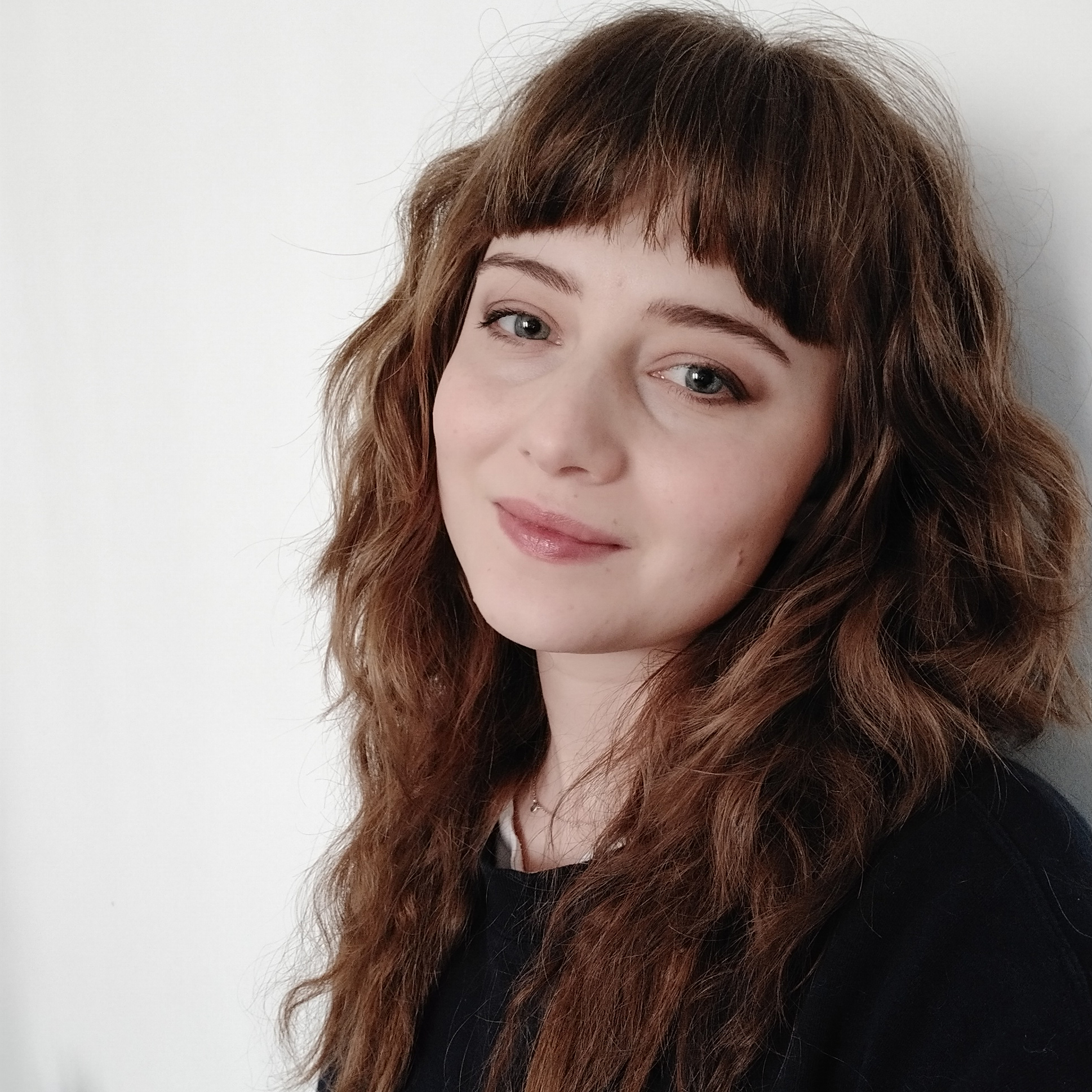Is pollution the Bane of your life? Dyson launches air-cleaning headphones and face mask combo
The Dyson's air-purifying headphones are here

Dyson has revealed the strangest headphones we've ever seen, combining a pair of over-ear noise-cancellers with a pollution-beating mask that filters the air you breathe. Think Batman supervillain Bane and you're on the right track.
The Dyson Zone air-purifying headphones are designed to capture city pollution, such as gas, allergens, and particulate matter, while blocking out unwanted noise with active noise-cancellation (ANC) and what the company describes as "pure, high-fidelity audio".
Building on the company's 30-year history of developing airflow, filtration, and motor technology, the headphones contain compressors in each earcup that draw air through dual-layer filters, and then project two streams of purified air to the wearer's nose and mouth.

The visor-like mask element of the headphones isn't totally closed off like a surgical mask and doesn't come into contact with the wearer's face, avoiding irritation and discomfort. To prevent crosswinds from introducing polluted air into the visor, sculpted returns work to keep the purified air close to the wearer's nose and mouth.
The level of purification can even automatically adapt to what you're doing, with four different modes: low, medium, high, and auto. In auto mode, accelerometers in the headphones detect your movements and toggle between high, medium, and low purification speeds – so, if you're running and breathing heavily, the Dyson Zone will up the level of purification.
Dyson has taken the same scientific approach to the development of the over-ear headphones' audio performance, using a team of audio engineers and acousticians to engineer "excellent audio led by metrics, backed up with extensive listening trials". According to the company, the result is a wide frequency response, precise left-right balance, and low distortion, with neodymium drivers delivering "a faithful reproduction as the musicians or creators intended".
To preserve audio quality and allow listeners to enjoy their music uninterrupted, the air-purifying headphones use a mixture of passive and active noise cancellation, with large angled ear cushions that mold around the user's ears. And, if you just want to listen to music, you can remove the visor entirely and use the Zone purely as a pair of wireless headphones.
Sign up for breaking news, reviews, opinion, top tech deals, and more.
There are three ANC modes, including Isolation, Conversation, and Transparency. Isolation blocks out the most ambient sound, while Transparency mode amplifies "key sounds like emergency service sirens of informational announcements", in a similar way to the Sony WH-1000X4. Conversation mode is activated any time you dip the visor, and it automatically turns off the air purification and amplifies the sound of voices.
As well as being Dyson's first audio device, the Zone noise-cancelling headphones are the brand's first wearable – and as such, the company has made a huge effort to ensure they're comfortable.
The headphones take inspiration from the shape and design of a horse's saddle, in that they are engineered to distribute weight over the sides of the head, rather than the top – much like the way a saddle curves over the horse's spine and distributes the load over the areas left and right of the backbone.
A long time coming

While the air-purifying headphones could be seen as a response to the Covid-19 pandemic, the Dyson Zone headphones have been in development for six years, and are focused on tackling urban pollution, which chief engineer Jake Dyson describes as a "global problem".
Even if you did want to use the air-purifying headphones to prevent Covid-19 infection, the filter used by the Dyson Zone won't be sufficient. The company says it's capable of filtering out 99% of particle pollution as small as 0.1 microns, such as dust, pollen, and bacteria. Viruses, including coronaviruses, are much smaller than that.
That doesn't mean that the headphones won't be useful. The World Health Organization (WHO) estimates that 9 in 10 people globally breathe air that exceeds WHO guideline pollutant limits, and as Dyson says, it affects us "in our homes, at school, at work and as we travel, whether on foot, on a bike or by public or private transport". WHO says that this exposure leads to "increased risk for diseases including heart disease, stroke, chronic obstructive pulmonary disease, cancer, and pneumonia".
So, the Dyson Zone could be a fantastic solution to a global health issue that can have devastating consequences. The company has certainly taken a lot of care in the development of its first wearable device; the Zone air-purifying headphones are the result of over 500 prototypes and have been tested extensively to ensure they're robust and can handle any climate or humidity level. Dyson even tested a snorkel-like design before settling on a far less intrusive visor.
We daresay people will be more inclined to wear an air filter if it's attached to a pair of headphones. After all, lots of us like to wear headphones on the move, especially noise-cancelling models that block out the sound of our surroundings and let us hear our music in peace.
Wearing a pair of noise-cancelling headphones alongside a separate wearable air filter would be pretty cumbersome. By combining a pair of cans with an air-purifying visor, Dyson may have found a way to combat both noise and air pollution in one go.
There's no word yet on how much the headphones will cost, but Dyson says they'll be available online and in-store at Dyson Demo Stores in late 2022. Don't expect them to come cheap; if the Zone are anything like Dyson's previous products, they won't be particularly budget-friendly.
- Read our guide to the best wireless headphones you can buy today

Olivia was previously TechRadar's Senior Editor - Home Entertainment, covering everything from headphones to TVs. Based in London, she's a popular music graduate who worked in the music industry before finding her calling in journalism. She's previously been interviewed on BBC Radio 5 Live on the subject of multi-room audio, chaired panel discussions on diversity in music festival lineups, and her bylines include T3, Stereoboard, What to Watch, Top Ten Reviews, Creative Bloq, and Croco Magazine. Olivia now has a career in PR.